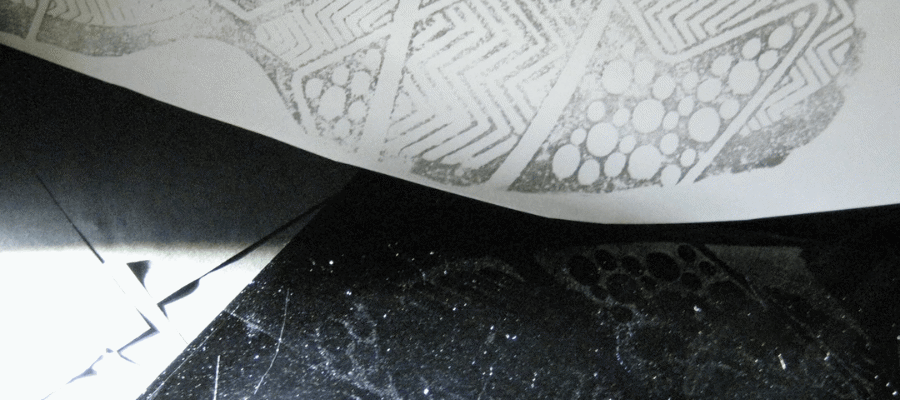Services > Forensic Casework > Footwear
Forensic Footwear Analysis
See also:
Scene Attendance
Sexual Offence Service
Cold Case Review
Blood Pattern Analysis
Fibres
Fire Investigation
Glass
Gunshot Residue
Hair
Paint
Tools and Toolmarks
Tyres Tyremarks

Cellmark's expert team of scientists have a wealth of experience in recovering, comparing and interpreting footwear marks
When an item of footwear comes into contact with a surface, such as a window sill, a two-dimensional mark can be left. The mark may be visible or it might be latent, requiring physical or chemical development to reveal it. If the contact is with a soft deformable surface, such as soil, a three-dimensional impression can be left. Cellmark has the skilled staff and facilities to record, recover and enhance marks through the use of detailed photography, a range of lifting techniques and casting, and by using physical and chemical development methods.
With large numbers of manufacturers, producing a wide range of different footwear styles and models, each in multiple sizes, there is a vast range of different under surface patterns which could be left as a footwear mark by an offender at a crime scene. For pattern identification, we make use of the National Footwear Reference Collection (NFRC) coding system to ensure consistency with police footwear screening units.
However, often more important for linking a scene mark to a shoe is the pattern of wear and tear, including any damage to the shoe which is visible in a test mark. If a shoe’s damage features correspond in position, size and shape with those found in a scene mark, an unequivocal link can be established between the shoe and the crime scene.
Particular marks found at a scene will be offence-specific and hence of particular interest to an investigation, such as marks on a window sill at the point of entry to a burglary, marks made in the blood of a victim or marks on the victim resulting from bruising developing that shows the characteristics of the footwear in question. Our scientists are experienced in assessing the potential significance of the location and types of marks and of using the information gathered to assist in reconstructing the potential sequence of events, and corroborating or refuting the account given by a suspect or witness.
Through the examination of footwear impressions, our forensic scientists can therefore provide the investigator with valuable information about the footwear, activity at the scene, and sometimes even about the wearer. Our footwear scientists also have a full range of complementary skills for the recovery, preservation and analysis of associated trace evidence and for preserving and recovering biological samples such as DNA to assist with identification of the wearer of a particular shoe.
